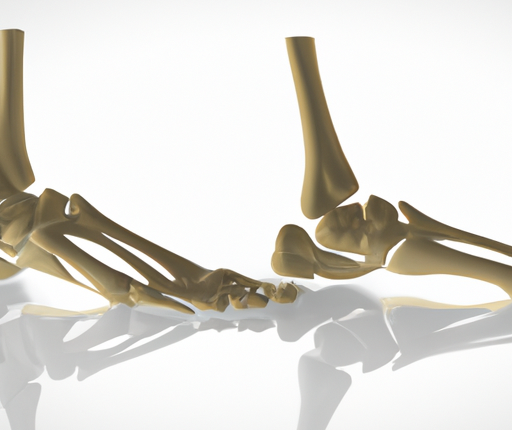Welcome to our comprehensive guide on biomechanical engineering. As a team of SEO and copywriting experts, we pride ourselves on providing high-quality content that helps our readers stay informed and educated on important topics.
Biomechanical engineering is a fascinating field that combines principles from mechanical engineering, biology, and physics to design and develop solutions for human movement and physical health. In this article, we will explore the world of biomechanical engineering in great detail, highlighting its history, applications, and advancements.
What is Biomechanical Engineering?
Biomechanical engineering is a specialized field of study that focuses on applying principles from mechanical engineering, biology, and physics to develop solutions relating to human movement and physical health. This includes designing prosthetic limbs, orthotics, joint replacements, artificial organs, and more.
Biomechanical engineering is an interdisciplinary field that involves the collaboration of professionals from multiple disciplines, including mechanical engineers, biologists, physicists, physicians, and computer scientists. A strong foundation in mathematics and engineering is required to succeed in this field.
The History of Biomechanical Engineering
The history of biomechanical engineering can be traced back to the 16th century when Leonardo da Vinci first explored the mechanics of human movement. However, it wasn’t until the mid-20th century that the field began to gain traction, particularly in the areas of athletics and medical research.
In the 1950s and 1960s, biomechanical engineering began to emerge as a legitimate field of study, thanks in part to the development of new technologies such as motion analysis systems and electronic sensors. Over the decades that followed, advances in computer technology and simulation software further propelled the field forward, allowing researchers and engineers to model and test new designs more efficiently and accurately.
Today, biomechanical engineering is a thriving field that is helping to improve the lives of millions of people around the world.
Applications of Biomechanical Engineering
Biomechanical engineering has a wide range of applications across several industries, including healthcare, fitness, sports, and more. Some of the most notable applications of biomechanical engineering include:
- Prosthetics
Biomechanical engineers design and develop prosthetic limbs that can help individuals with disabilities regain their mobility and independence. Modern prosthetics are lightweight, durable, and customizable, thanks to advancements in materials science and 3D printing technology.
- Joint Replacements
Joint replacements, such as hip and knee replacements, are among the most common medical procedures performed today. Biomechanical engineers work closely with physicians and surgeons to develop implants that are safe, effective, and long-lasting, incorporating materials that mimic the properties of natural tissues as closely as possible.
- Sports Equipment
Biomechanical engineering has revolutionized the world of sports equipment, from golf clubs to running shoes. Biomechanical engineers work closely with athletes and coaches to design equipment that maximizes performance while minimizing the risk of injury.
- Robotics
Biomechanical engineering has played a significant role in the development of robotics, particularly in the area of humanoid robots. Biomechanical engineers design and build robots that can mimic human movement and perform tasks that are too dangerous or difficult for humans to do.
Advancements in Biomechanical Engineering
Biomechanical engineering is a constantly evolving field that is advancing at an unprecedented pace. Some of the most exciting recent advancements in biomechanical engineering include:
- Artificial Organs
Biomechanical engineers are working on developing artificial organs that can replicate the functions of real organs, offering hope to patients with organ failure or disease.
- Nanotechnology
Nanotechnology is being increasingly applied in the field of biomechanical engineering, enabling the development of new materials with enhanced properties and more precise manufacturing processes.
- Biomechanical Simulations
Biomechanical simulations are becoming more advanced, allowing researchers to model and test designs with greater accuracy and efficiency.
In Conclusion
Biomechanical engineering is a fascinating field that is making significant contributions to the world of healthcare, sports, robotics, and more. By combining principles from mechanical engineering, biology, and physics, biomechanical engineers are developing innovative solutions that are changing the lives of people around the world.
We hope this guide has been helpful in providing a comprehensive overview of biomechanical engineering and its many applications. If you’re interested in learning more about biomechanical engineering or pursuing a career in this exciting field, we encourage you to explore the many resources available online and through academic programs around the world.
